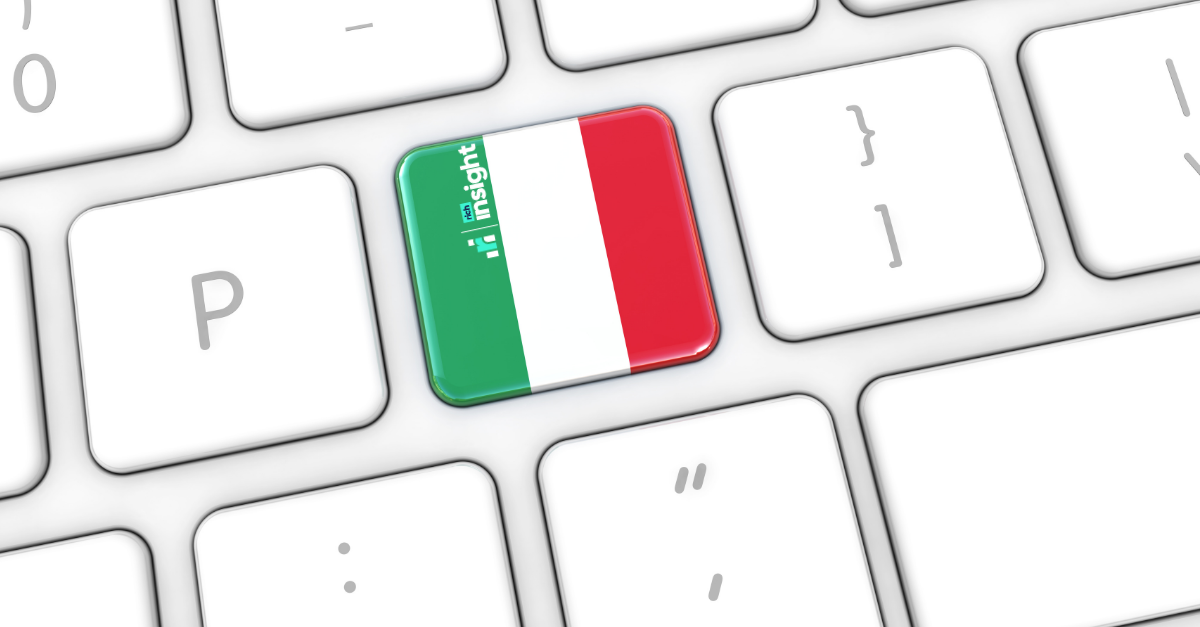The Netherlands has the highest proportion of online shoppers in the world (84%) and one of the most developed ecommerce markets in Europe. When you factor in widespread internet usage (96% of the population), an average yearly salary over €40,000 and a well-connected distribution network, it’s easy to see why the Dutch ecommerce market is flourishing.
To successfully enter the Dutch online market and take advantage of favourable ecommerce conditions, you need a clear localised marketplace strategy. Here’s what you need to know.
The Netherlands marketplaces overview
The Netherlands’ ecommerce market punches above its weight. Despite being the 10th most populous country in Europe (17.7 million), the Netherlands accounts for 5% of European ecommerce spend, bringing in €35 billion in 2023. Many of the country’s 340 million online orders take place on online marketplaces, of which Bol.com is the go-to site. Three in four Dutch shoppers visit Bol.com on a monthly basis (compared to one in five for Amazon.nl) and the marketplace boasts 11 million customers across the Netherlands and neighbouring Belgium. However, Bol.com has a relatively small market share (12%) for a market leader (i.e. Amazon has 44% of the US market), showing that Dutch consumers are willing to buy from a wider range of marketplace platforms, including Zalando.nl, Coolblue and Beslist.nl.
Entering the Dutch market
To prepare your brand for success in the Netherlands, follow these three steps.
1) Outline your short-term goals
Your objectives for the first 1-2 years will dictate which Dutch marketplaces and marketplace strategies are suitable, viable and (eventually profitable) for your goals.
- Suitability. What are your key objectives for entering the Dutch market? Do you want to clear low-value stock, build brand awareness or acquire new customers? Research and rank a shortlist of 3-5 Dutch marketplaces that are well-suited to your aims.
- Viability. The Netherlands is the most densely populated country in Europe outside of microstates (i.e. Monaco) with half the population living in and around its four biggest cities. Before expanding into the Dutch market, work out whether it’s possible to import your products, fulfil orders and adhere to country-specific regulations and taxes.
- Profitability. While making a profit is unlikely to be your short-term goal, your expansion objectives should eventually lead to profitability, so consider the costs of managing a Dutch marketplace channel and make sure there is a route to break-even at least.
Check out our blog for more in-depth advice on suitability, viability and profitability.
2) Choose marketplaces aligned to your aims
Score each of your shortlisted marketplaces based on how compatible they are with your product, financial, regulatory and operational requirements.
- Product. Do you sell edible products? Check out Jumbo. Are you a fashion or homeware retailer? Consider Wehkamp. Select a marketplace that specialises in your products to find the right audience.
- Financial. Be it commission rates or selling fees, the cost of storing products in warehouses or paying for marketing on the platform, work out the full cost involved with selling on each marketplace.
- Regulatory. Check both state, local and marketplace’s own regulations for selling your type of products, as well as the right VAT level. In the Netherlands, for example, the standard VAT rate is 21%, but some goods are eligible for a 9% or even 0% rate.
- Operational. How do you currently operate on marketplaces? Do you fulfil orders yourself or use a fulfilment service offered by the marketplace? Look for a Dutch marketplace that operates how you like to operate.
Read this blog to help you choose the right marketplaces in the Netherlands.
3) Localise for the Dutch market
Online marketplaces and customers are not homogenous - you need to localise your approach to successfully expand your Dutch channel presence. Here are five areas to consider.
- Language. While Dutch is the official language in the Netherlands (96%), over 90% of the population speaks English and more than half speak German. As such, translating your product listings might not be essential for comprehension, but is still recommended - especially if your products require a more technical explanation.
- Content. Be it using Dutch expressions in product listings or leveraging images that resonate with Dutch shoppers, localising your product content goes way beyond translation. For example, Dutch culture is heavily entwined with the colour orange, especially around King's Day (Koningsdag) on 27 April.
- Measurements. The Netherlands follows the European standard metric systems for weights and measures, as well as EU shoe sizes and garment sizing. Make sure your product information conforms to the Dutch standard.
- Deliveries & returns. Home to the largest seaport outside of Asia (Rotterdam) and a well-connected transport network, Dutch consumers are used to quick delivery times and easy returns. Meanwhile, with 35,000 km of cycle paths and a dense population, green cycle deliveries are more common than in many other markets.
- Pricing and payments. In the Netherlands, it’s all about iDeal, which accounts for more than 70% of transactions, while other popular payment mechanisms include PayPal, gift vouchers, and Klarna.
For more information on localisation, check out how to nail your marketplace location strategy and optimise product listings for local marketplaces.
Seek Dutch marketplace expertise
The Netherlands may not be the largest country in the EU, nor the most populous, but it does offer one of the most lucrative ecommerce opportunities for brands. For advice on expanding your marketplace presence in the Netherlands, get in touch.





Blog Comments